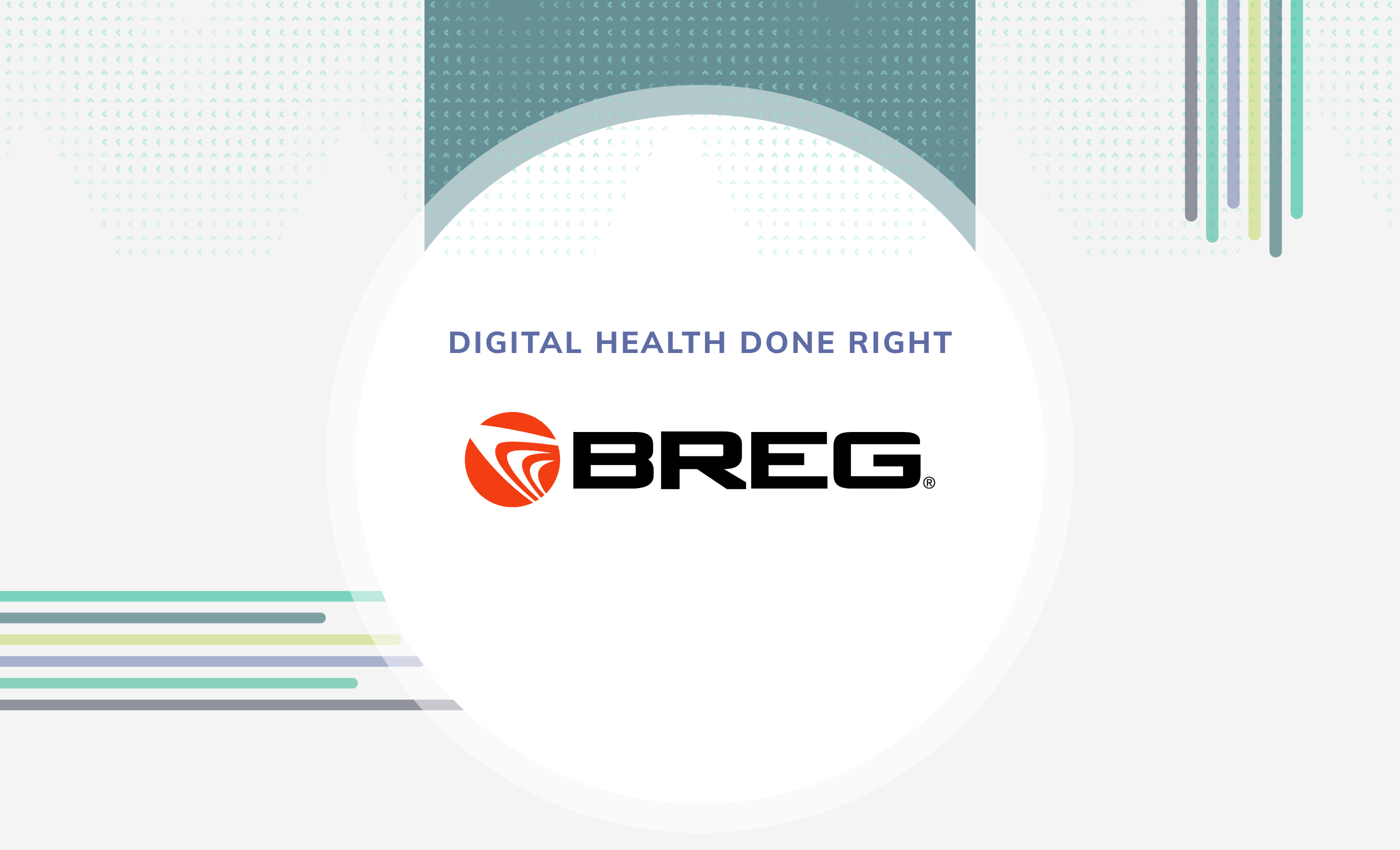Digital Health Done Right: Breg's Vision Cloud Connect
Jun 30, 2017

Digital Health Done Right is a Redox Blog Series that shines a light on a member of our interoperable network. We believe in what our partners are doing and want to share their stories and outcomes with you.
When you think of the most widespread and useful medical devices, what comes to mind? Something technical and complex like an MRI machine? Or something simple yet indispensable, like a stethoscope?
Both are valuable tools for clinicians, but Durable Medical Equipment (often shortened to "DME" and more colloquially known as orthopedic braces) are actually some of the most commonly used medical devices in all of healthcare. From post-operative braces used to set bones after rehabilitative surgery to soft bracing designed to help patients recover from injury and trauma, braces are incredible tools that help people move past injury and make full recoveries to optimal health.
While their widespread functionality is great for patients who depend on them, their frequency of use creates problems for the care providers who prescribe them; every time a patient needs a brace, the doctor or clinician must document that they’ve taken one out of the hospital’s supply and given it to a patient. Documenting placement ensures inventory is accurate so that patients are never left without the devices they need to heal, but keeping inventory up-to-date at a health system with hundreds or millions of patients can be a challenging, time-consuming task.
Beyond inventory upkeep, clinicians need to document brace placement in order to begin the insurance billing process. As with any treatment, braces come at a cost and documentation ensures the right people are billed for the brace in a timely manner. Seeing this process through from beginning to end takes time, follow-through, and extensive coordination.
DME Placement, in the Cloud
It's clear that something as seemingly simple as getting a knee brace can spawn a long chain of work for clinicians and caregivers. While manually documenting placement may not seem like anything other than a headache at first glance, the overly-complex process needlessly frustrates caregivers by taking up time that should be spent caring for patients.
This is where Breg comes in. Breg is the premier manufacturer of DME that makes everything from body braces to cold therapy solutions to home therapy kits. More than 5,600 providers use their innovative braces at over 400 leading practices around the world.
With so many organizations using Breg’s braces, Breg realized there was a massive opportunity to help streamline and automate the placement process. They created Vision Cloud Connect, a mobile and desktop application that optimizes processes for in-office bracing placement. This application eliminates all the paper and manual documentation and replaces it with a digital application that reduces the whole process down to a few clicks.
One of the most useful features of this application is that Vision Mobile Scans product barcodes for real time dispensing, entirely automating the chore of inventory tracking. By simply scanning a product, Vision Mobile logs that that particular brace has been dispensed, begins the billing process, and logs it in a patient’s medical chart—another one of Vision’s key values.
Vision Cloud Connect, Powered by Redox
The ability to integrate with EMRs is critically valuable because it eliminates double documentation—that is when a clinician has to manually document that a device has been dispensed both in the patient record and elsewhere. This essentially doubles the time it takes to complete one task, but with Vision Cloud Connect, this is no longer the case. Every part of the process is done digitally and real time, from simply logging that a brace is being used to filing the insurance billing to the right people.
Best yet, all the information Vision Cloud Connect records is automatically pushed and filed into the health system EHR.

This means that while Vision Cloud Connect is developed by an outside system, it still functions seamlessly as part of the EHR. Integration allows clinicians to adopt a new solution without having to learn a new workflow or figure out how to send information to the right places in the EHR—it’s all done for them and in real time.
Breg partners with Redox to perform EHR integration for Vision Cloud Connect, and we’re proud to help them make their product even easier for clinicians to use. Breg is a perfect example of a company that’s taken the time to evaluate a pain point that affects so many clinicians and develop a solution that truly alleviates the problem. While the benefits to clinicians are saved time and less frustration, these translate into saved money and increased profits for health systems, and the stats from Breg's website paint a telling picture of how implementing an automation solution can affect an organization's bottom line:

Breg's braces and cloud applications enable clinicians to provide better care and utilize technology in a way that truly helps patients. We’re proud to help power their product and have them as a partner in our interoperable network.
Breg has a whole suite of solutions beyond Vision Cloud Connect, and we encourage you to check out everything they offer by clicking here.
